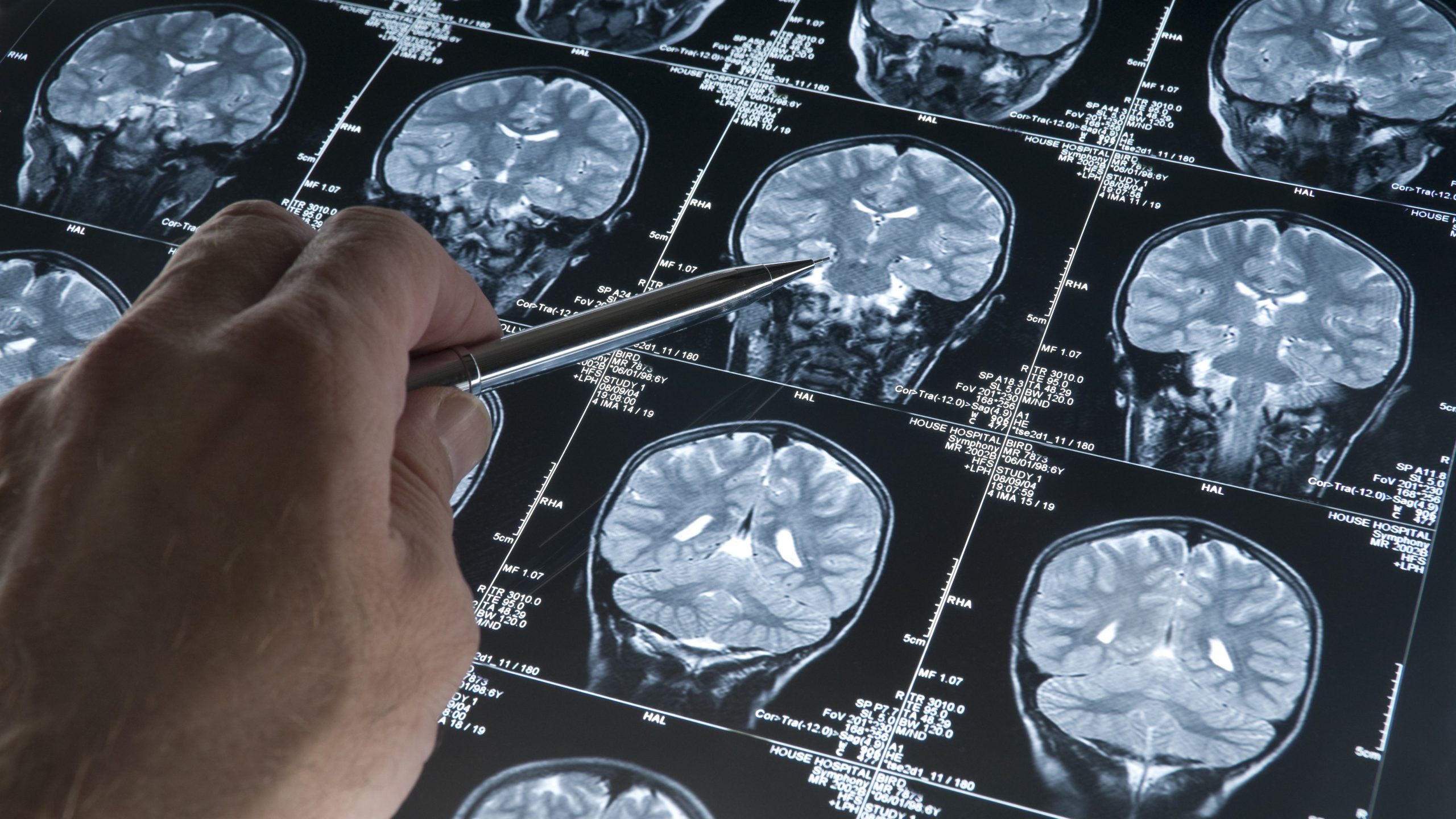Key points
- Mayaro virus disease is a mosquito-borne illness typically characterized by fever, arthralgias, and rash and is endemic to parts of South America, Central America, and the Caribbean.
- Contact your state or local health department to request testing if you have a patient with suspected Mayaro virus disease.
- There is no specific treatment for Mayaro virus disease; clinical management is supportive.
- Counsel patients about using personal protective measures to prevent mosquito bites.

Epidemiology
Mayaro virus is an RNA virus in the genus Alphavirus (family Togaviridae) that has been found in parts of South America, Central America, and the Caribbean. Mayaro virus was first identified in Mayaro County, Trinidad in 1954. The primary vector of Mayaro virus is considered to be Haemagogus species mosquitoes.
Clinical features
The incubation period for Mayaro virus disease is 1–14 days. Patients infected with Mayaro virus typically present with fever, headache, myalgia, arthralgia, chills, and rash. Arthralgia in the wrists, fingers, ankles, or toes is most commonly described, although elbows and knees are sometimes affected. The rash is typically maculopapular and usually appears 5 or more days after illness onset. Other symptoms can include eye pain, lymphadenopathy, abdominal pain, nausea, and vomiting. Leukopenia and occasionally mild thrombocytopenia can occur.
Symptoms generally resolve in a few days to a few weeks, but some patients can develop long lasting arthralgia that can last up to a year after illness onset. Symptoms can be similar to other arboviral diseases that can occur in areas where Mayaro virus is endemic, including but not limited to dengue, chikungunya, and Zika virus disease. Co-infections with dengue or chikungunya viruses have been reported.
Diagnosis
Testing for Mayaro virus infection is currently only available at CDC. Molecular and serologic tests can be performed in patients suspected of having Mayaro virus disease.
Please contact your local or state health department if you have a patient with compatible symptoms and a travel history to an area with possible Mayaro virus transmission. They can assist you with determining if samples should be sent to the CDC Arbovirus Diagnostic Laboratory for further testing. Specimens should be submitted to CDC through state health departments. All results will be sent from CDC to the appropriate state health department.
Treatment and Prevention
There is no specific treatment for Mayaro virus disease; clinical management is supportive. Treatment for symptoms can include rest, fluids, and use of analgesics and antipyretics. Patients should be advised to avoid aspirin containing drugs or other nonsteroidal anti-inflammatory drugs if dengue virus disease is suspected or has not been ruled out. Patients who develop more severe Mayaro virus disease might require hospitalization and supportive treatment.
No Mayaro virus vaccines are available for use in humans. In the absence of a vaccine, prevention of Mayaro virus disease depends on personal protective measures to decrease exposure to infected mosquitoes. This includes using insect repellent, wearing long-sleeved shirts and pants, and treating clothing and gear with 0.5% permethrin. Travelers should choose a hotel or lodging with air conditioning or screens on windows and doors or use mosquito nets.
Additional information about preventing mosquito bites while traveling is available at CDC Mosquitoes website.
- Llagonne-Barets M, Icard V, Leparc-Goffart I, Prat C, Perpoint T, André P, et al. A case of Mayaro virus infection imported from French Guiana. J Clin Virol. 2016;77:66-68. doi: 10.1016/j.jcv.2016.02.013
- Lednicky J, De Rochars VM, Elbadry M, Loeb J, Telisma T, Chavannes S, et al. Mayaro virus in child with acute febrile illness, Haiti, 2015. Emerg Infect Dis. 2016;22(11):2000-2002. doi: 10.3201/eid2211.161015
- Halsey ES, Siles C, Guevara C, Vilcarromero S, Jhonston EJ, Ramal C, et al. Mayaro virus infection, Amazon Basin region, Peru, 2010-2013. Emerg Infect Dis. 2013;19(11):1839-42. doi: 10.3201/eid1911.130777
- Tesh RB, Watts DM, Russell KL, Damodaran C, Calampa C, Cabezas C, et al. Mayaro virus disease: an emerging mosquito-borne zoonosis in tropical South America. Clin Infect Dis. 1999;28(1):67-73. doi: 10.1086/515070
